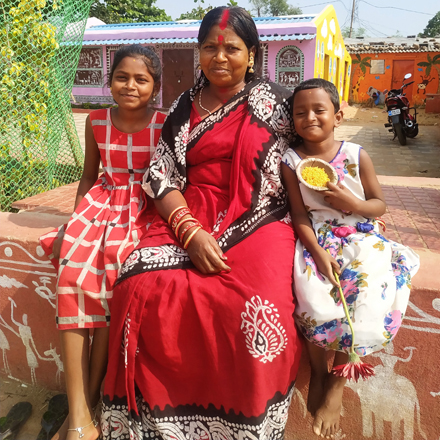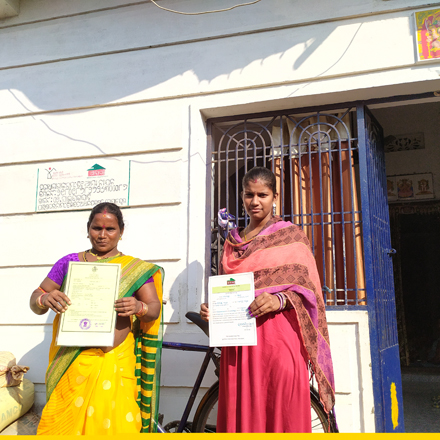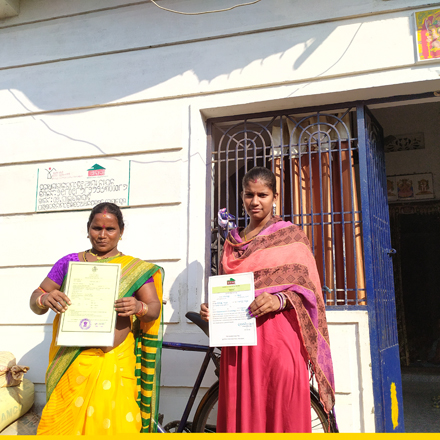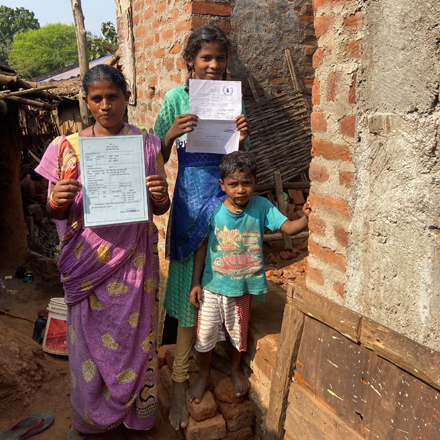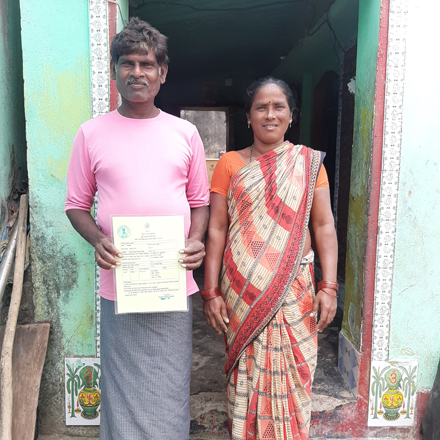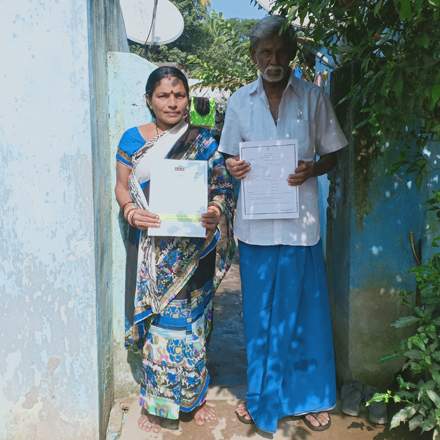More than 50,000 families living in slums in the east Indian state of Odisha have been granted land rights under new legislation which is transforming the living conditions of 1.8 million marginalised people. The Land Rights to Slum Dwellers Act was passed by the Odisha government in 2017 as the first step in its pioneering programme to raise living standards in the state’s 2,919 slums.
The Odisha Liveable Habitat Mission (OLHM) maps and surveys slums, bringing together the use of pioneering technology and community participation. It then uses this information to assign land rights to eligible residents – and upgrades the physical infrastructure with roads, drains, street-lights, sanitation and clean water supply. Without land rights, residents have no security of tenure and are excluded from basic services, unable to enrol children in school, open a bank account or access government benefits.
Once implemented state-wide, the over $120 million USD project – which includes funding from Tata Trusts – will have issued land rights to 206,000 families, benefitting 1 million people. Affordable housing complexes built on government land will benefit a further 0.8 million people. The target for completion is 2021-2023. Odisha’s swift implementation of the community-led OLHM programme and its far-reaching impact, shows the project’s potential for tackling the urgent issue of urban poverty elsewhere in India and across the globe.

















